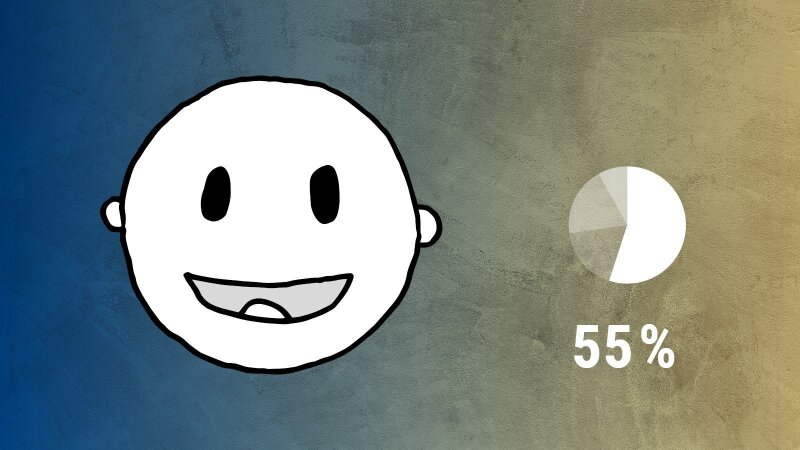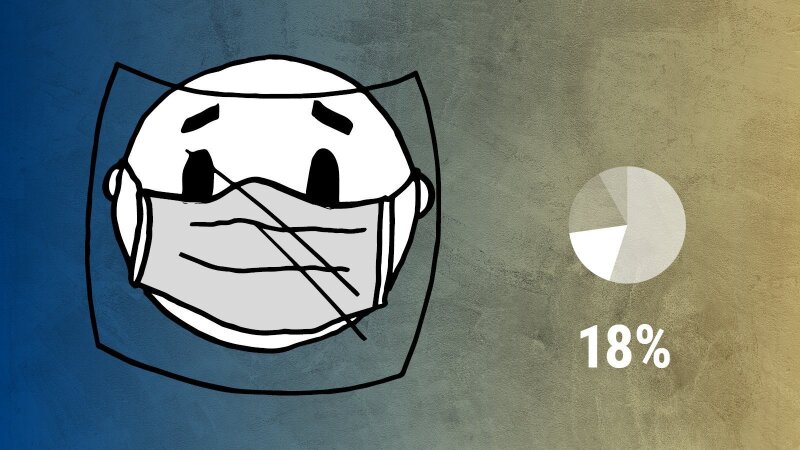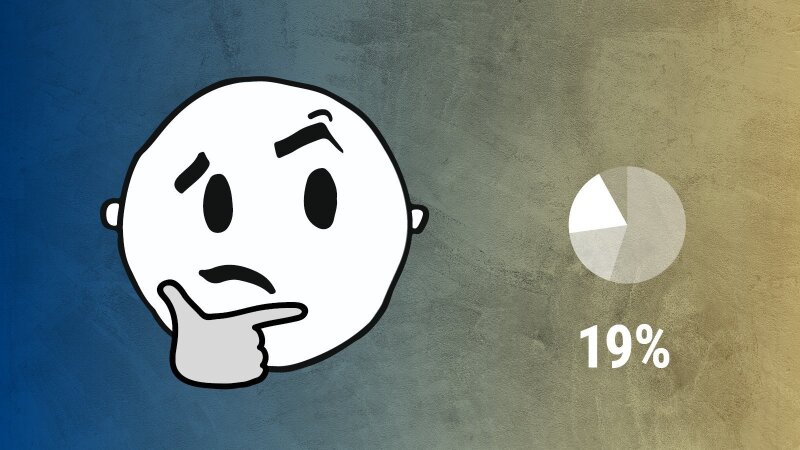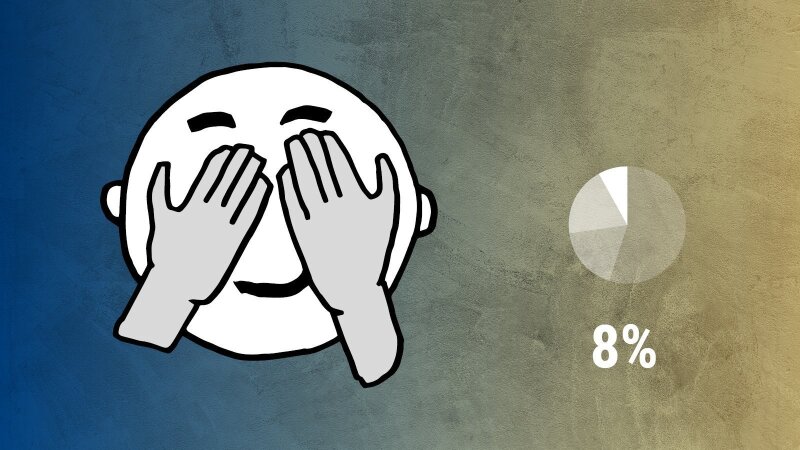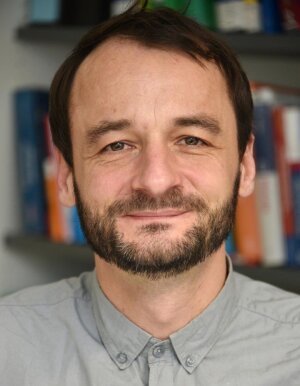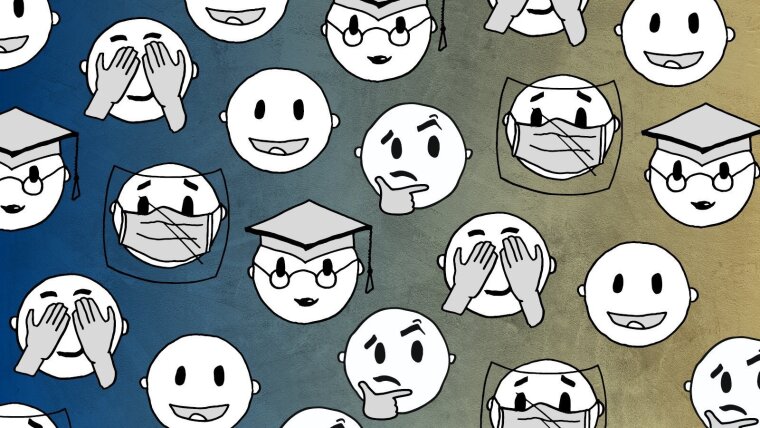
COVID-19 is more dangerous than the seasonal flu; the risk of dying from it has been overestimated; inhaling hot air helps with recovery. A research team from the field of communication science has presented both scientific experts and laypeople with these and other statements about the coronavirus.
To find out how much of the scientific discussion about the coronavirus is reaching the general public, a research team led by Prof. Tobias Rothmund of the Institute of Communication Science at the University of Jena has interviewed a representative sample of 1,500 people and presented them with 15 claims about COVID-19. The statements included both technical medical claims such as “Taking ibuprofen or aspirin can worsen a COVID-19 infection” and risk assessments such as “COVID-19 also kills young people without pre-existing medical conditions”. Using a statistical method, the participants were divided into four groups based on their response pattern. The groups can be distinguished from one another according to the way they assess the pandemic:
Rothmund, T., Farkhari, F., Azevedo, F., & Ziemer, C. (2020, July 13). Scientific Trust, Risk Assessment, and Conspiracy Beliefs about COVID-19 - Four Patterns of Consensus and Disagreement between Scientific Experts and the German Public: https://psyarxiv.com/4nzuy/External link
Text by Till Bayer
Graphics by Liana Franke, Susanne Bukatz
